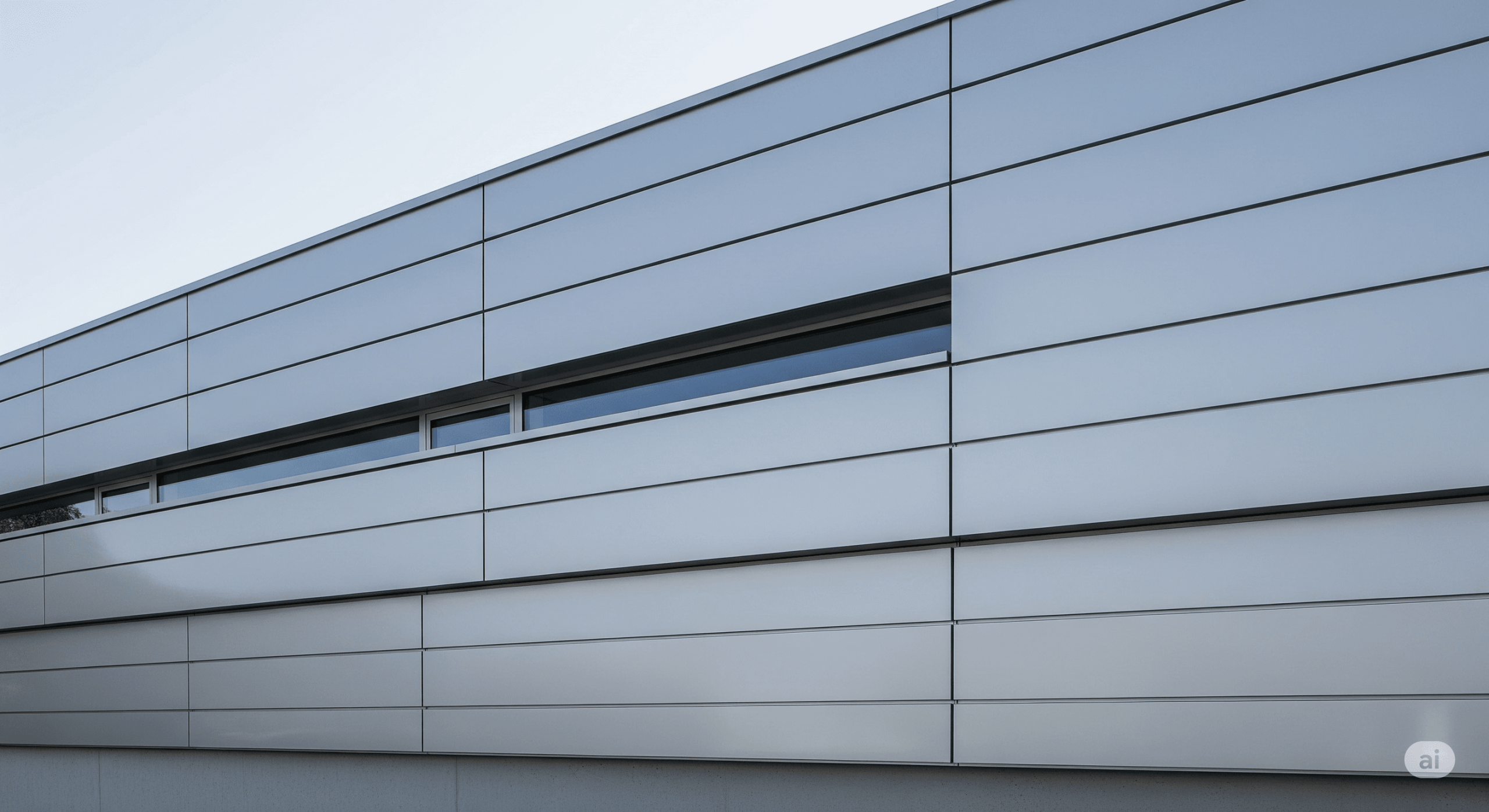A stroll past any recently completed civic center or corporate tower reveals a new favorite on the building envelope: sleek sheets of aluminum plate forming confident, unbroken faces. While lightweight composites still cover many façades, solid metal now claims prime spots where strength, prestige, and durability are critical. In this guest post we explore why architects, engineers, and owners are specifying exterior wall panels made from aluminum plate and how that choice reshapes costs, schedules, and curb appeal.
Unmatched Strength Where It Counts
A single 6-millimeter aluminum plate resists dents and deflection in ways thinner composites cannot. Busy loading docks, retail podiums, and ground floors endure shopping carts, scooters, and the occasional careless delivery truck. Hollow core alternatives often suffer visible damage after a few years. Solid exterior wall panels shrug off daily knocks and keep their crisp edges. Because the metal distributes impact across the whole sheet, maintenance crews rarely need to replace a panel, protecting the long-term façade budget.
Freedom to Shape Light and Shadow
Designers treat aluminum plate like an artist’s canvas. The material can be bent, folded, or even laser cut without losing strength. Deep routed grooves catch morning sun, while perforated patterns create lattices that glow at night under subtle backlighting. Brushed, bead-blasted, or polished finishes bring texture that would cost a fortune in stone. Paired with color-shifting PVDF coatings, these exterior wall panels can move from warm bronze at sunrise to cool pewter after dusk, giving a building a different personality through the day.
Weather Resistance from Coast to Coast
Canada hands out tough weather. Coastal salt spray, prairie hail, and urban freeze-thaw cycles all threaten traditional cladding. A robust oxide layer forms naturally on aluminum plate and seals out corrosion. Powder-coat or anodized finishes add a second barrier, keeping color true even after decades of ultraviolet exposure. Behind the metal, a ventilated cavity drains wind-driven rain and allows trapped moisture to dry, preventing mold or rot in the wall assembly. Owners who swap cracked masonry for solid exterior wall panels often report fewer water-infiltration headaches the very first winter.
Energy Performance without Bulk
A common myth says metal walls feel cold. In reality the thermal story happens in the insulation, not the cladding. Builders attach mineral wool or polyiso boards directly to the structure before adding girts and aluminum plate. The result is continuous insulation with no studs bridging heat to the outside. Field blower-door tests confirm lower air leakage rates, and the reflective quality of the outer metal rejects a portion of solar radiation in summer. HVAC units downsize, energy bills drop, and the environmental footprint shrinks.
Rapid Installation and Predictable Schedules
Large format aluminum plate panels arrive on site pre-cut and drilled. Crews lift each sheet, align it to factory marks, and fasten concealed clips. Without wet trades like mortar or stucco, weather delays vanish and quality stays consistent from the first panel to the last. On dense urban lots a shorter scaffold period frees sidewalks faster and reduces insurance costs. Less time in the construction zone means nearby businesses reopen sooner, a point city planners like to emphasize.
Lower Lifetime Maintenance
Painted block needs repointing. Wood siding needs stain. EIFS can crack. Solid exterior wall panels ask for an annual soft wash. Most graffiti wipes away with appropriate solvents thanks to modern clear coats. Seams stay tight because thermal movement is predictable, and replacement sheets are easy to match when color is controlled in a single production run. Many building managers budget for thirty years before a first major re-coat, a timeline that beats many competing systems.
Sustainability and Responsible Sourcing
Nearly three quarters of all aluminum ever produced is still in use today. Off-cuts from fabricating aluminum plate go straight back into the smelter. Reprocessing aluminum requires a fraction of the energy needed for virgin production, and many mills now run on hydropower. Lower structural steel counts and lighter foundations cut embodied carbon. Pair those wins with reduced heating and cooling demand and a project can make real progress toward carbon-neutral goals without sacrificing design ambition.
Clearing Up Common Misconceptions
“Solid metal is too heavy for superstructures.”
A square meter of 6-millimeter aluminum plate weighs roughly fifteen kilograms. Most concrete panels weigh three to four times as much.
“Metal will make the building look industrial.”
Modern plate takes on warm satin finishes, subtle textures, or wood-grain transfers that feel welcoming rather than sterile.
“Fire regulations will be an issue.”
Aluminum is non-combustible. Paired with mineral-wool insulation and non-combustible girts, the wall easily meets strict high-rise codes.
Best Practices for a Smooth Project
- Involve the fabricator during schematic design. Joint lines and panel widths should align with window mullions and story heights.
- Order a full-scale mock-up early. Nothing beats seeing gloss, color, and texture in real daylight.
- Confirm wind-load engineering. Tall façades may call for thicker gauge or closer spacing of clips.
- Pressure-test the air-water barrier before plate installation. Fixing leaks early avoids costly panel removal later.
- Plan for access. Place roof anchors and davits so future crews can safely wash panels.
The Final Word
The move toward resilient, high-performance façades shows no sign of slowing. Solid aluminum plate brings unmatched toughness, design freedom, and low maintenance to modern exterior wall panels, while still supporting energy-efficient wall assemblies. For project teams ready to explore the full potential of this material, Alumax Panels offers locally fabricated plate systems, detailed engineering support, and color-matched accessories that turn bold ideas into long-lasting reality.


